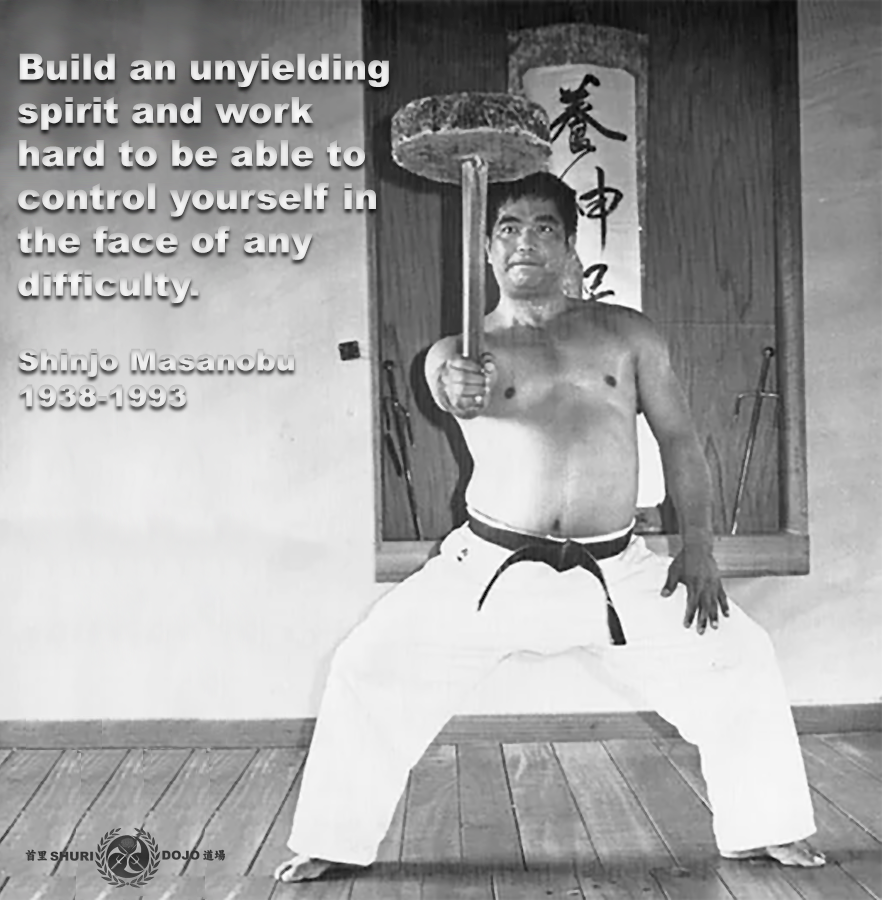
Traditional Karate’s forgotten training methods: “Hojo Undo” (補助運動) – supplemental training.
.
“Hojo Undo” are supplementary exercises where one uses various implements and aids to encourage and develop physical strength, stamina, muscle co-ordination, speed and posture.
.
Many of the older and more traditional forms of training have slipped from use. But in the dojo of Okinawa and in the few other dojo around the world where karate-ka cling to their traditions, training methods that challenge martial artists and students still exist.
.
One such method is known as “Hojo Undo”, meaning supplementary training; and within that is “Kigu Undo”; training with tools or implements designed to test the karate-ka’s physical and mental tenacity and endurance.
.
Hojo Undo is not practiced merely for the development of physical strength, but rather it has many other benefits associated with consistent practice.
.
Hojo Undo plays an important role in the overall education of the karate-ka. Although the majority of karate is best practiced against a training partner, the Hojo Undo tools will also provide resistance and impact training, and over time will help to improve the skill level of those individuals who pursue this type of training.
.
Increased muscular growth, enhanced breath and body coordination, and greater physical strength are just some of the benefits inherent of Hojo Undo training. These reasons alone make the practice worthwhile.
.
There are various implements that should all be used to aid your all round development. The most common are the; “makiwara” (striking post), “chi-ishi” (strength stone), “nigiri gami” (gripping jar), “tan” (barbell), “Ishi sashi” (stone padlock), “kongoken” (iron ring) and “tetsu geta” (iron clogs). These are by no means all the implements that one can use.
.
The key to acquiring benefits from Hojo Undo is through diligent and regular training over a lengthy period of time. In my opinion, practicing Hojo Undo regularly is highly beneficial for karate-ka, as many of the techniques used replicate the movements in karate. ![]()
![]()
.
